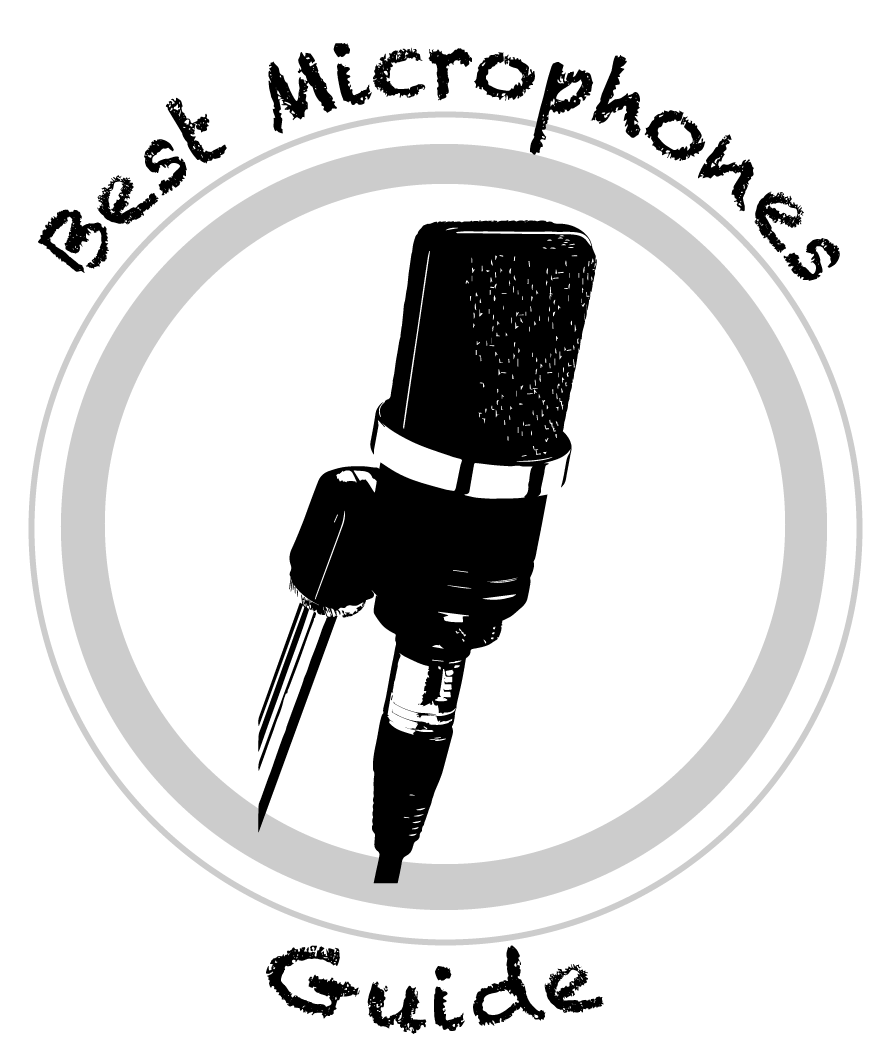While it may not be the ideal method of recording electric or acoustic guitar, you can do it with just one USB microphone.
To do it, an audio interface might be helpful, but depending on the USB microphone you are using, it would not be absolutely necessary.
What you would need is:
- A USB microphone that has a gain control. An example of this would be the Blue Yeti USB microphone. This will allow you to control the gain of the microphone so that you do not get distortion that will ruin your recording. Normally, you would control the gain on your audio interface.
- A long enough USB cable that you can connect the microphone (when placed in front of your amp or acoustic guitar) to your computer.
- A DAW (Digital Audio Workstation) installed on your computer. Examples of DAWs are Apple Logic Pro, Garage Band, ProTools, or Ableton.
After you’ve connected the USB microphone to your computer, the DAW should recognize the mic and allow you to use it to record your track. One of your main focuses again, will be to ensure that you are not getting audio clipping from the microphone signal being too loud from the recording. This is easier on an audio interface as many of them visually show there is too much gain. But you will need to make sure that the gain control on your USB mic is set to a level that will not produce too much gain resulting in distortion on your audio track. This is something you may need to do by test recording then turning down the gain, and repeat.
Note: USB mics are very convenient but are usually not used as much for recording as XLR microphones, especially for instruments, so most of the top microphones used for recording electric guitar are usually not USB.
